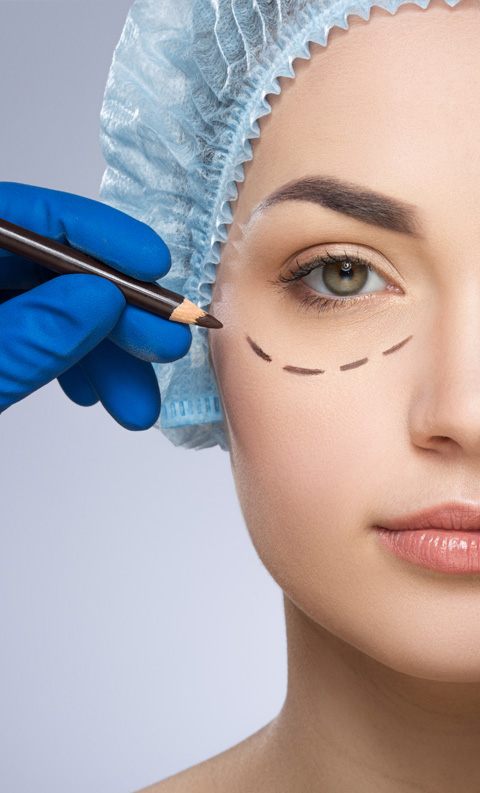
Anaesthesia can cause side effects that may affect breast implant recovery. These include soreness and nausea. After surgery, some women feel unbearable pain. A pain medication can be prescribed to help ease the discomfort and accelerate recovery. To help you heal, a breast support bandage will be worn. You can also take pain medication to reduce the redness and swelling around your breasts. To support your breasts during healing, you can wear a compression bra.
Compression bras
You should wear a bra post-operatively if you plan to have breast implants. Underwires and padding can cause irritation to the stitches, making scarring more obvious. Compression bras without underwires are safer as they provide support and comfort while you recover. Front closure compression bras are easier to remove. Here are some tips to help you choose the right compression bra for your needs:
A compression bra is a postoperative garment that promotes circulation and reduces swelling around the breast tissue. Compression garments can also be used to promote antimicrobial cell transfer to the area of infection. This is vital for eliminating pathogens. Compression bras help women recover from breast implant surgery by maintaining post-operative changes and minimizing the risk of clot migration. It prevents clots, which can lead to severe complications.

Implants under-muscle
The recovery time for breast implant placement using under-muscle implants takes a little longer than other methods. The implants will be deflated and then placed in a small tunnel. This procedure is significantly less invasive, and it causes less pain. During recovery, you should expect to experience some swelling, pain, and bruising. It could take four to 8 weeks for the swelling in your legs to subside.
Most breast implant patients experience some degree of pain after their procedure, but it varies depending on the type of surgical technique and the patient's tolerance for pain. Some women feel little to no pain. Others need painkillers for their discomfort. Your implant may also look too high if it was done under the muscle. This is completely normal and may take weeks or months for your implants to settle in the correct position.
Swelling around the sutures
Swelling around the incision after breast implant recovery can be a sign that your implants have been repositioned incorrectly. There are many reasons this can occur. Infections can occur if the wound becomes infected, which can make the dissolvable sutures break down more quickly. This can also occur if you lift large objects or engage in strenuous activity too soon after surgery. Your surgeon should be notified if this happens.
Breast implant surgery can cause swelling and pain due to infection, or damage to the breast tissue. Blood thinners can help prevent these. They can also be dangerous if taken after surgery. Taking these blood thinners will help reduce bruising and swelling, and may even relieve the pain you feel. To ensure that there are no other medical conditions, consult your surgeon.

Long-term complications
After breast implant surgery, there are long-term complications. Some patients will require overnight hospitalization to treat bruising. The outcome of the procedure will not be affected by the bruises. A haematoma can cause capsular contracture, which can lead to additional hospitalizations. These complications are usually not serious and do not last long.
Breast implant manufacturers regularly issue updates about their medical devices. However, doctors have not reported many issues. While the FDA reports a few instances of adverse outcomes, these reports are considered to be the tip of the iceberg. Many physicians don't report problems with medical devices. The reported cases are the "tippy-top", which is why many doctors do not report them. The risk of BIA/ALCL with textured implants is estimated at between 1.79 and 2.82 for every thousand.